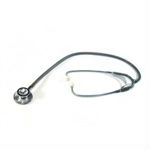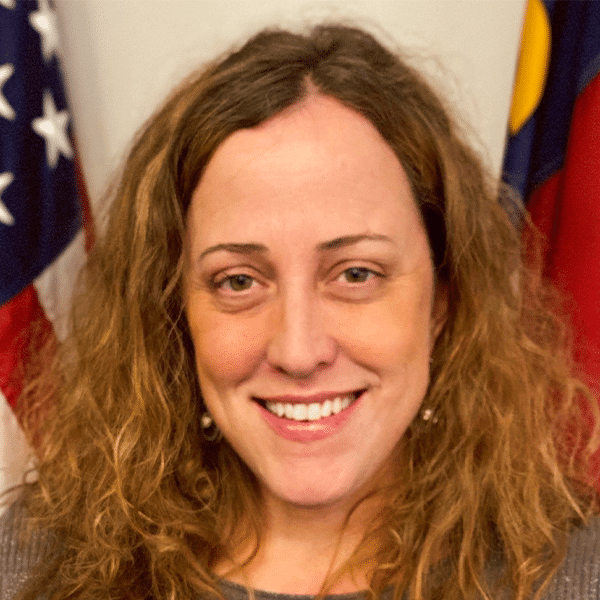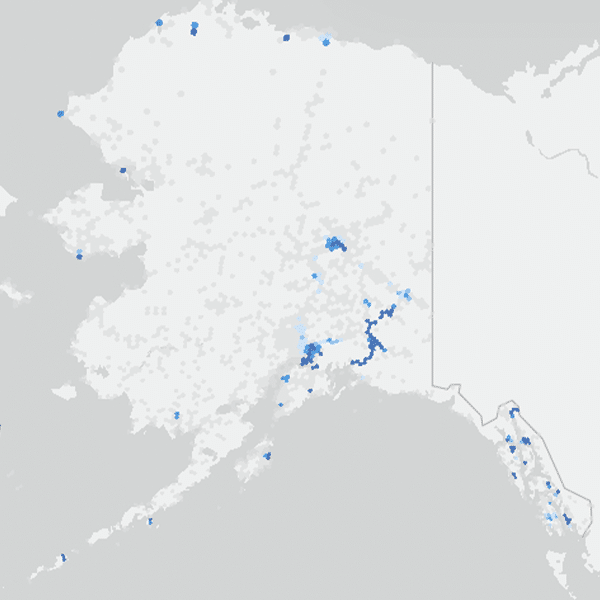 A non-profit organization representing healthcare and educational institutions is seeking contractors that can build wide area fiber networks for these institutions in rural areas lacking broadband connectivity. The organization, known as MiCTA, was founded in 1982 to negotiate group purchasing agreements with the local incumbent carrier on behalf of state universities in Michigan, but over the years its role has expanded to include healthcare and educational institutions nationwide, explained Eileen Peck, a consultant to MiCTA who was involved in writing the request for proposal (RFP) for fiber network construction.
A non-profit organization representing healthcare and educational institutions is seeking contractors that can build wide area fiber networks for these institutions in rural areas lacking broadband connectivity. The organization, known as MiCTA, was founded in 1982 to negotiate group purchasing agreements with the local incumbent carrier on behalf of state universities in Michigan, but over the years its role has expanded to include healthcare and educational institutions nationwide, explained Eileen Peck, a consultant to MiCTA who was involved in writing the request for proposal (RFP) for fiber network construction.
Contractors responding to the MiCTA RFP don’t have to work nationwide, Peck said. Instead the organization hopes to establish master services agreements with multiple contractors in different geographic regions. Based on those master agreements, individual MiCTA members will be able to establish more detailed agreements about specific projects.
Rural Healthcare Fiber
The opportunity for rural healthcare organizations to build and own fiber networks became more viable economically when the FCC in 2012 established the Healthcare Connect program as part of the Universal Service program funded by the telecom industry and administered by the government. Under the Healthcare Connect program, which officially kicked off earlier this year, rural healthcare providers can build their own networks and have 65% of the costs covered through the program if broadband connectivity is not available from another network operator.
Schools and libraries can receive funding for broadband from the E-Rate schools and libraries program, a separate fund that is also part of the Universal Service program. But unlike the healthcare providers, schools and libraries cannot use funding to build or operate their own networks but instead must purchase connectivity from a service provider. If broadband is not available, “there is no option to build their own” network, Peck said. She added, though, that some libraries or educational institutions might be willing to cover the cost of building their own networks, in which case they could do so through the MiCTA master agreement.
A Unique Organization
MiCTA receives a “small percentage of the value of contracts that members sign based on what’s been negotiated between the vendor and MiCTA,” Peck said. Those fees are the non-profit’s primary funding source, although members also pay fees to join that run in the range of $200 to $400.
Peck said she isn’t aware of any other organization that is similar to MiCTA. Although other purchasing groups exist for the educational or healthcare markets, those organizations typically do not focus solely on telecom as MiCTA does, she said.


